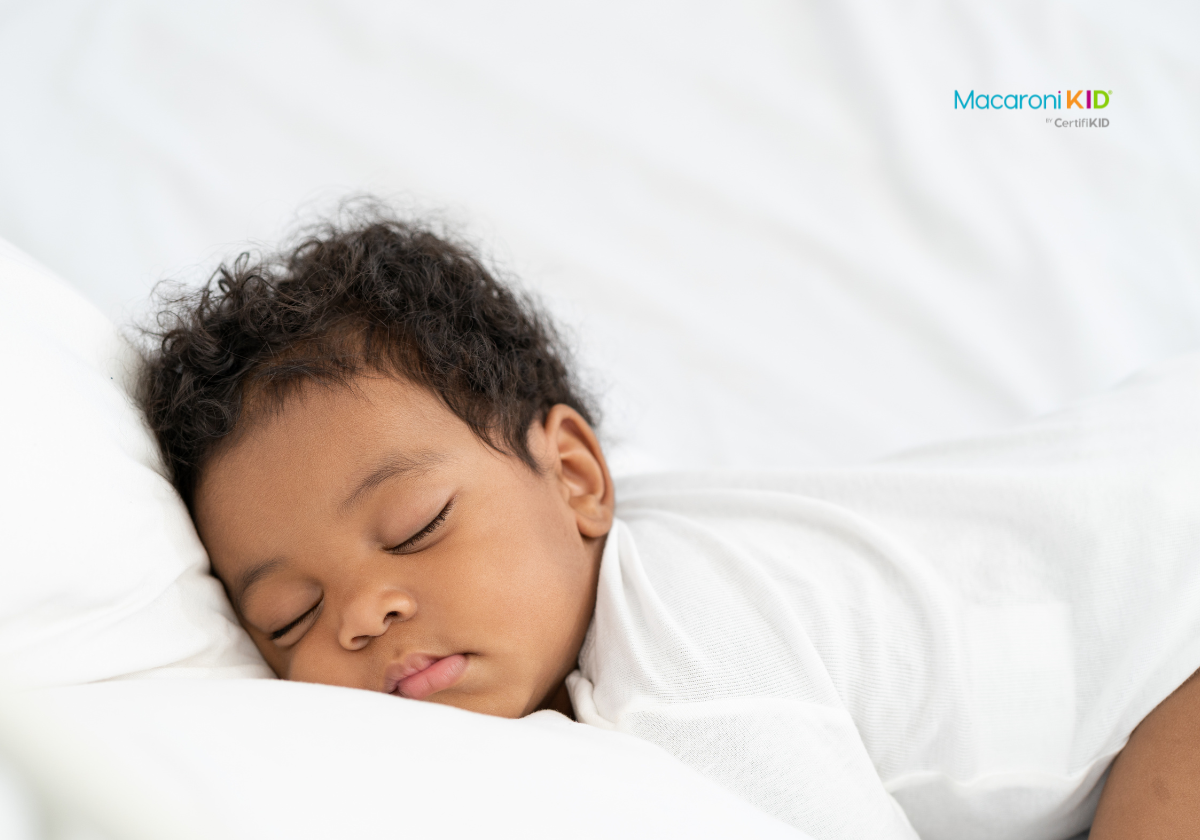Before kids, the end of daylight saving time was probably a welcome date — after all, it meant an extra hour of blissful, uninterrupted sleep! But post-kids? That extra hour can now mean cranky kids and long days of disrupted naps and bedtimes.
This year daylight saving time ends Sunday, Nov. 6 at 2 a.m.
We asked Family Sleep Institute-certified child sleep consultant Johanna Snyder, owner of Sleep Soundly Consulting, for some tips on how to adjust to the time change with as little disruption to our household as possible.
She says there are actually two great ways to handle the change and that you should choose the one that best suits your child’s temperament — and your parenting style. The first way stays consistent to the clock — simply leave your routine and schedule exactly the same as it was prior to the time change. The second way involves a gradual adjustment to help your child (and you!) adjust to the new time. Read on for more, and to decide which plan is right for your family!
Staying consistent to the clock
Johanna says you can simply leave your routine and schedule exactly the same and follow the clock. She said this plan works well for children with solid sleep habits, toddlers, and older children. She did warn that there might be a few days of harder bedtimes or shorter naps, but that if you are consistent and patient, then your child will adjust. Usually, our body’s internal clock adjusts in just a few days, she said.
Other tips for this method:
- Follow the same routine each day.
- Make sure meals, naps, and bedtime occur at the same time as before the change based on the clock.
- Wake your child at the usual time (based on the clock!) each morning. This consistency will help that little body adjust to the change and be ready for normal nap times.
- If your child does wake earlier than normal, try to allow him some space to fall back to sleep or rest in their crib or bed until normal waking time. This will help your child adjust to the new time more quickly (toddler clocks are great tools during the time change!).
 ronnachaip/Canva ronnachaip/Canva |
The gradual adjustment
This plan should be started three or six days before the official time change. Following this plan means you will begin to adjust your clocks before the official date.
- For the three-day plan: Put your baby to sleep 20 minutes later each night leading up to the official time change.
- For the six-day plan: Put your baby to sleep 10 minutes later each night until the official date of the time change.
- For naps: follow the schedule above, pushing the start time back by 10 to 20 minutes each day.
No matter which you choose...
No matter which method you choose, Snyder says there are steps you should take to help your kids (and you!) adjust to the change:
- Get lots of outside playtime in the afternoon (exposure to natural light is important!).
- Keep pre-nap and pre-bedtime routines calm and consistent.
- Use room darkening shades and white noise machines to keep the environment conducive to sleep.
- If your child is a late sleeper, wake them up earlier (Johanna suggests 7:30 a.m. or so). That way they'll be tired at bedtime.
Remember that any transition takes time, patience, and consistency. Pretty soon your family will be back to sleep. Oh ... that blissful sleep.



